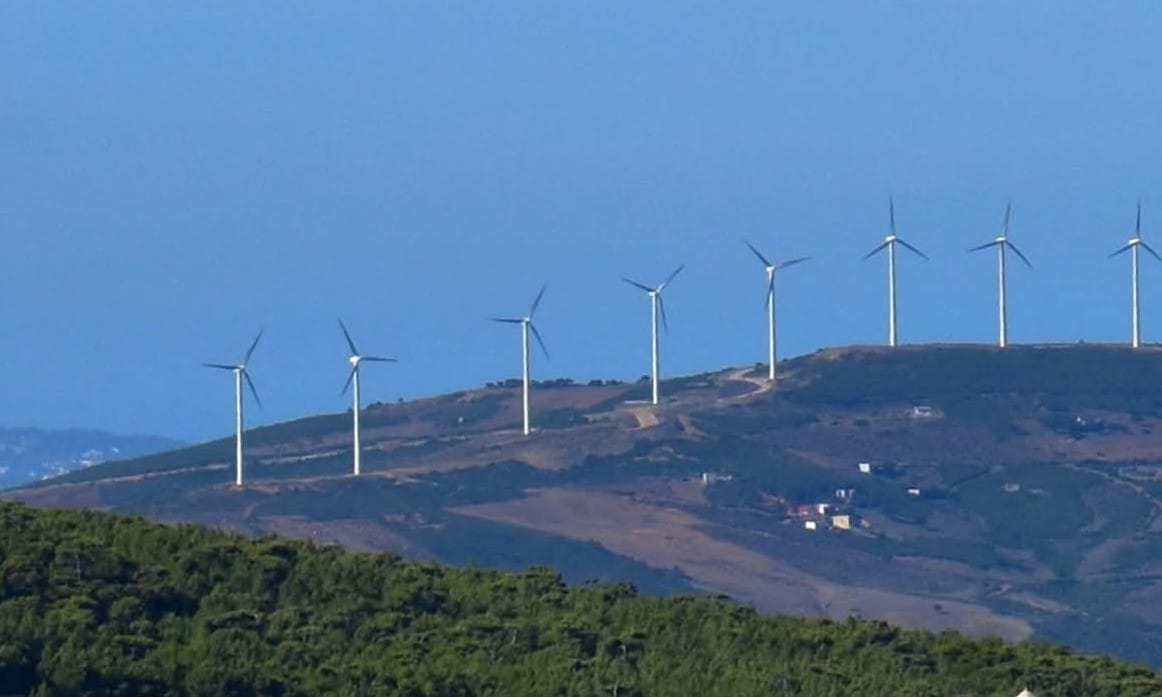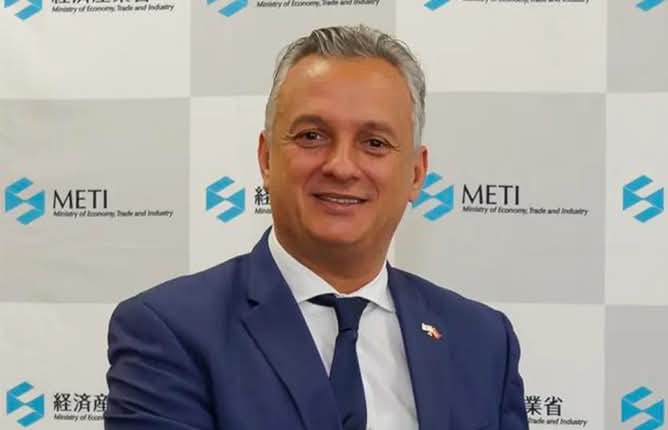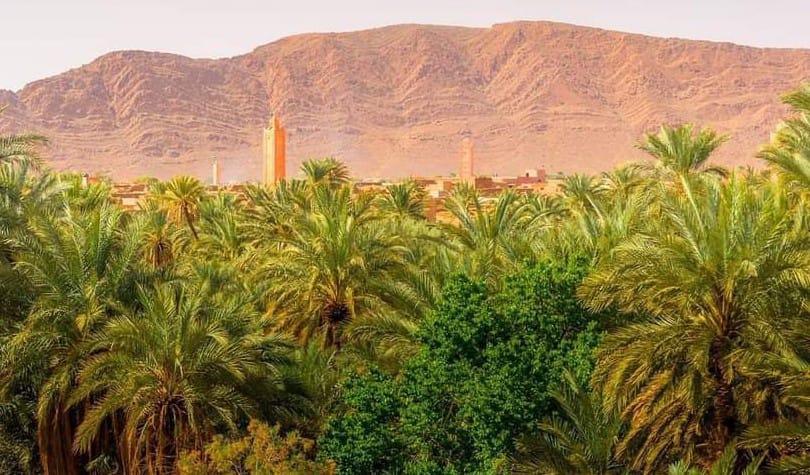Casablanca – The Moroccan banking landscape is grappling with a historic surge in liquidity needs, soaring to a staggering 100 billion Dirhams (approximately $9.9 billion USD) as of the conclusion of November 2023. This extraordinary demand surge is attributed to the unrelenting expansion of cash circulation within the economy, as per the findings of Attijari Global Research (AGR).
In a report titled “Weekly Rates- Fixed Income” spanning from December 29th to January 4th, AGR underscores that cash circulation scaled to an unprecedented 388.6 billion Dirhams (approximately $38.8 billion USD) during the same period. This figure represents the total amount of physical currency in circulation, including banknotes and coins.
In response, Bank Al-Maghrib (BAM) has remained committed to satisfying the banking system’s appetite for liquidity. BAM has strategically trimmed the balance of its interventions, executed through primary and long-term operations (LT). The outstanding balance has settled at 122.5 billion Dirhams (approximately $12.2 billion USD), a notable reduction from the 129.6 billion Dirhams observed just one week prior, as corroborated by the same source. These interventions by the central bank are aimed at stabilizing the financial system and ensuring adequate liquidity is available to meet the demands of banks and financial institutions.
Meanwhile, the availability of short-term funds in the form of 7-day advances has decreased by 7.1 billion Dirhams (approximately $733 million USD), dropping from 60.1 billion Dirhams (approximately $6.2 billion USD) to 53.0 billion Dirhams (approximately $5.5 billion USD) within a week, as indicated by AGR. It’s essential to note that these advances represent short-term loans provided by the central bank to commercial banks to help manage their liquidity needs.
As a result, the monetary market remains balanced this week, with a weighted average interest rate aligned with the central bank’s policy rate, which is currently set at 3%. Conversely, rates in the Moroccan Interbank Offered Rate (MONIA) market have seen a slight increase of 4 basis points compared to the previous week, reaching 2.99%. MONIA serves as a key benchmark rate used in lending and borrowing transactions among banks.
Shifting focus to Treasury placements, there has been a significant reduction in the outstanding amount linked to repurchase agreements and outright transactions this week. The weekly average has not exceeded 12 billion Dirhams (approximately $1.24 billion USD), representing a decline of 2.5 billion Dirhams (approximately $258 million USD) within the span of a week. These placements involve short-term borrowing by the government and are closely monitored for their impact on overall market liquidity.
This fluid financial landscape underscores the intricacies of managing liquidity dynamics, an essential task in sustaining the health of Morocco’s banking ecosystem.
















